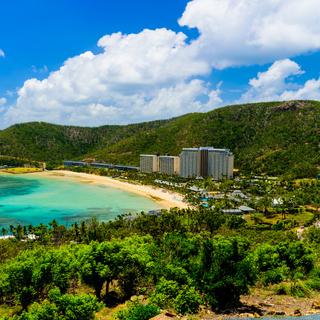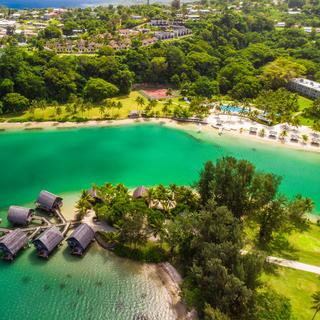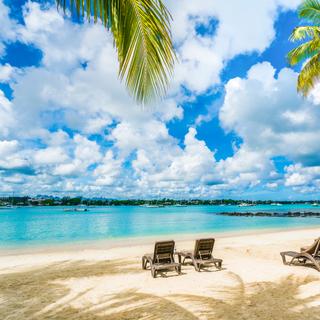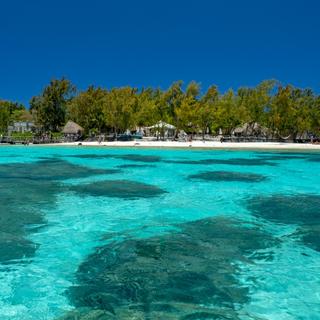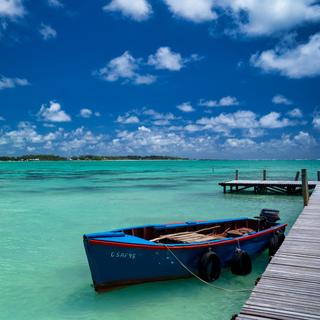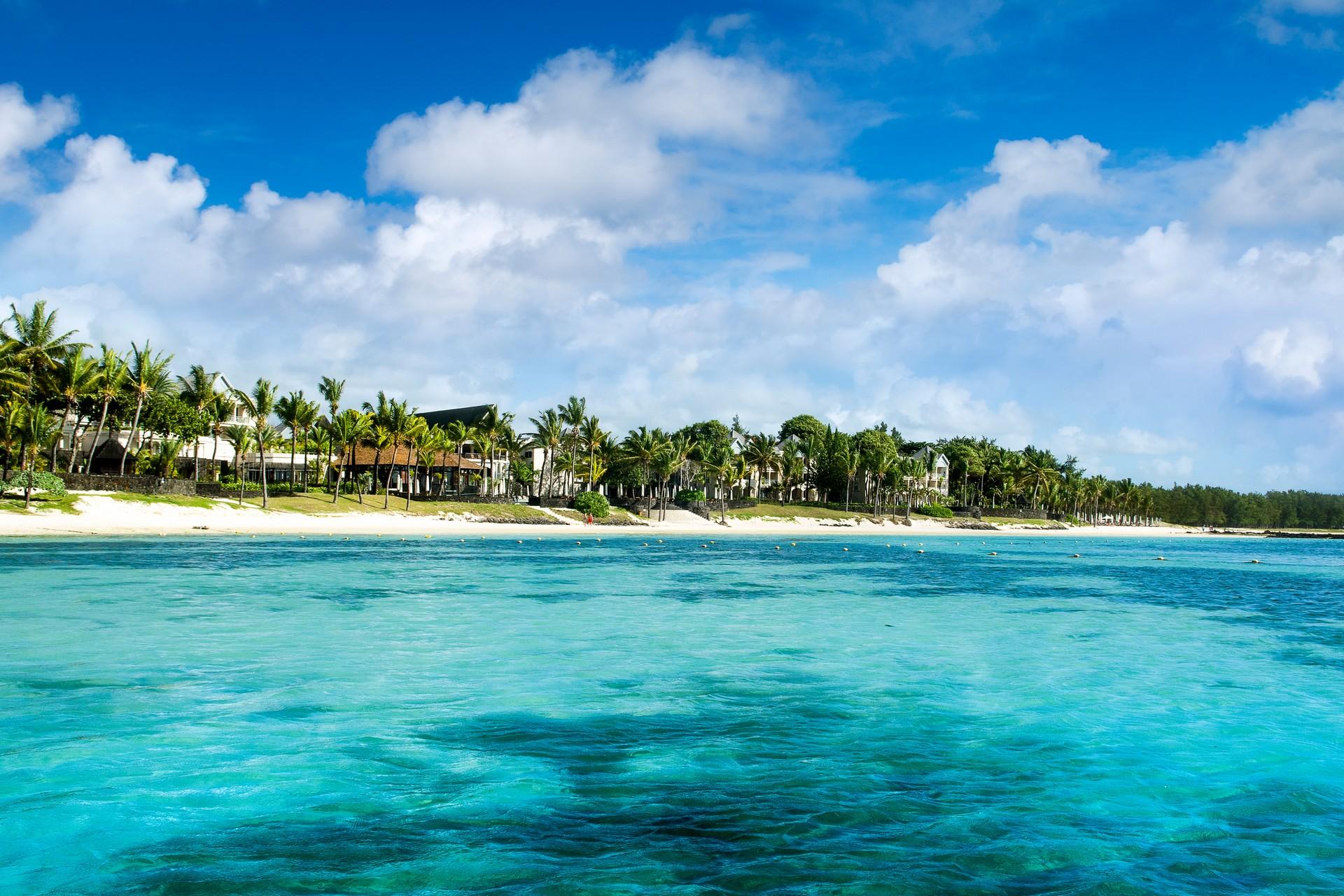
Trou d’Eau Douce weather and climate

Trou d’Eau Douce weather and climate
Day
25 °C
Night
18 °C
Sea
23 °C
Precipitation
75 mm
in month
Rainy days
15 days
in month
Daylight
11 hours
average
Sunshine
6 hours
average
Humidity
79 %
Weather charts for Trou d’Eau Douce

Find more destinations like this
Destinations with similar weather to Trou d’Eau Douce
Other destinations in Mauritius
Last week's weather in Trou d’Eau Douce
During the week of 30 June 2025 - 6 July 2025, temperatures averaged at 24 °C (75 °F) during the day and dropped to 19 °C (66 °F) at night. The current temperatures are roughly same as the long-term average for Trou d'Eau Douce, with the daily and nighttime temperatures being 25 °C (77 °F) and 19 °C (66 °F), respectively. On average, the temperatures during various times of day (in local time) were recorded as: 7am 21 °C (70 °F), 10am 23 °C (73 °F), 1pm 24 °C (75 °F), 4pm 23 °C (73 °F), 7pm 21 °C (70 °F), 10pm 21 °C (70 °F).
The week had 4 days with light rain and 3 days with moderate rain. During the whole week, total of 16 mm (0.63 in) of precipitation was observed, which is roughly same as the long term average for Trou d'Eau Douce, which is 19 mm (0.75 in). During the daytime (from dawn to dusk), there was 46 % cloud coverage on average.
Average speed of wind was 8.0 m/s. South-East and East were the dominant wind direction(s). The air pressure varied between 1019 hpa and 1025 hpa. The average air humidity was 68 % in Trou d'Eau Douce.
During the daytime (from dawn to dusk), there were in average: 3 hours clear skies, 4 hours partially overcast skies, 2.5 hours overcast skies and 2.5 hours rainy weather. On average, the time of sunrise was 06:44, and the time of sunset was 17:40.
Weather overview for Trou d’Eau Douce
Weather overview
The tropical haven of Trou d’Eau Douce in Mauritius experiences a range of climatic variations throughout the year. Daytime temperatures fluctuate seasonally, reaching a peak of 30 °C (87 °F) in the balmy month of February, while cooler days can be found in July with temperatures around 25 °C (77 °F). February also brings the most precipitation, with up to 19 days of rainfall, whereas the driest conditions occur in November, lasting for merely 10 days. Evening temperatures vary as well, hitting a high in February at 24 °C (74 °F), and dropping to a low in July of 18 °C (65 °F). Ocean lovers will find the sea at its warmest in February at 28 °C (82 °F), and at its coldest in August, with a temperature of 23 °C (74 °F).
January weather
In Trou d’Eau Douce, January marks the gradual shift towards the wet season. Both sea and nighttime temperatures continue to ascend. The area awaits the arrival of more tourists as rainfall increases.
February weather
Come February, Trou d’Eau Douce finds itself in the midst of the tourist rush. Daytime and sea temperatures reach their zenith. Rainfall is abundant, peaking for the season, paralleled by a crescendo in night temperatures.
March weather
March observes the onset of milder weather, as the heat starts to subside. The wet season continues robustly, yet there is a subtle decrease in rainfall and sunshine hours reduce slightly.
April weather
April's approach heralds a reduction in rainfall and a slight downturn in daily temperatures. The night remains cooler, and sunshine hours decrease persistently.
May weather
As May arrives, there is a continued decrease in day and sea temperatures. Tourists persist in their enjoyment, while precipitation remains on a downward trend.
June weather
June's weather is ideal for holiday-goers, offering pleasant daytime warmth and comfortable sea temperatures. Nighttime conditions remain enjoyable.
July weather
In July, the tourist season in Trou d’Eau Douce persists as mild sea temperatures prevail. Although it is not the driest month, rainfall shows a slight increase.
August weather
August sees a continuation of the tourist season, with the sea temperature reaching its nadir. Both the number of rainy days and the amount of rainfall begin to decline.
September weather
September's arrival ushers in a season of change, with warming daytime temperatures and a decline in rainfall. Increased windspeeds are notable during this period.
October weather
Through October, Trou d’Eau Douce enjoys a subtle rise in temperatures as the sea begins to warm. Rainfall is sparse, marking a departure from the wet season.
November weather
November in Trou d’Eau Douce sees temperatures continue their ascent alongside sea temperatures. The least number of rainy days makes its presence known, while sunshine hours peak for the year.
December weather
December heralds a warming trend with day temperatures climbing and sea temperatures following suit. The onset of more rainy days is noticeable, amidst an ongoing tourist season.
FAQs
What increase in rainfall is anticipated in Trou d’Eau Douce for January?
January typically sees a rise in rainfall, with an expected 18 days of wet days.
Is February the rainiest month in Trou d’Eau Douce?
Yes, February is the peak of precipitation with approximately 19 days of rain.
During March, what shift in rainfall and sunshine is noticed in Trou d’Eau Douce?
In March, Trou d’Eau Douce typically sees a marginal reduction to 18 days of rain and approximately 7 hours of sunshine each day.
How does April's weather transition in Trou d’Eau Douce?
April in Trou d’Eau Douce brings a decrease in wet days to 17 days, with reduced sunshine, averaging 6 hours daily.
What characterizes the temperature and rainfall changes in Trou d’Eau Douce during May?
May sees a fall in both air and sea temperatures and lessens the rainfall, receeding to 15 days of rain.
How conducive is June's climate for tourism in Trou d’Eau Douce?
June is quite suitable for visitors with agreeable day temperatures and 15 days of potential rainfall.
What is the likelihood of experiencing rain in July in Trou d’Eau Douce?
Rain in July is moderately common, occurring on an average of 16 days.
In August, how does the reduction in rainfall manifest in Trou d’Eau Douce?
You can observe a drop in August's rainy days to around 15 days.
What changes to windspeed and rainfall occur in Trou d’Eau Douce during September?
September brings a notable uptick in windspeed to 6 while significantly decreasing rainfall to just 12 days of rain.
How does October signal the end of the wetter conditions in Trou d’Eau Douce?
October marks a clear transition with a decline in rainy days to 11 days and a decrease in rainfall volume.
As the driest month, what more can be said about November's climate in Trou d’Eau Douce?
November experiences the fewest wet days at 10 days and maximizes sunshine exposure.
What weather patterns emerge in December for Trou d’Eau Douce?
In December, visitors witness rising temperatures, with the day reaching 30 °C (86 °F), and an uptick in rainfall with 14 days of potential wet days.

